How useful is S&E education in preparing for the job market?
- Notes:
- S&E = science and engineering.
- Physical sciences = chemistry, physics, astronomy, and earth/ocean/atmospheric sciences.
- Notes:
- S&E = science and engineering (biological/agricultural/environmental life sciences, physical sciences, computer/mathematical sciences, mathematics/statistics, engineering, psychology, and social sciences)
- Physical sciences = chemistry, physics, astronomy, and earth/ocean/atmospheric sciences.
- Notes:
- S&E = science and engineering (biological/agricultural/environmental life sciences, physical sciences, computer/mathematical sciences, mathematics/statistics, engineering, psychology, and social sciences)
- Physical sciences = chemistry, physics, astronomy, and earth/ocean/atmospheric sciences.
In 2010, 35% of graduates who had earned their highest degree in an S&E field worked in an S&E occupation, and 27% worked in the same broad area as their degree. The percentage is higher for those with more advanced degrees, most notably among doctorate holders.
The application of S&E knowledge and skills is widespread across the U.S. economy and is not limited to S&E occupations.
In 2010, 16.5 million college graduates reported that their jobs required at least a bachelor’s degree level of technical expertise in one or more S&E fields. This figure is more than triple the estimated 5.4 million college graduates employed in S&E occupations in 2010, indicating that technical expertise in S&E is important for other types of occupations.
Key Observations
- Workers whose highest degree is in computer sciences/mathematics were most likely to hold a job in their degree field (51%).
- Only 8% of those whose highest degree is in social sciences/psychology held jobs in the broad area in which they were trained.
- Among individuals whose highest degree is a bachelor's in S&E, those with degrees in engineering or in computer sciences/mathematics were the most likely to have a job in their degree field: 53% and 50%, respectively.
- In 2010, about 35% of S&E highest degree holders were employed in occupations classified as S&E, 14% in occupations classified as S&E-related (e.g., health/medicine, S&E management, S&E technology/technical jobs, precollege teaching in S&E areas), and 51% in non-S&E occupations (e.g., non-S&E management, sales and marketing, social services, college and precollege teaching in non-S&E areas, arts and humanities, law, library science).
- S&E occupations are more related to S&E degrees compared to other occupations. About 70% of S&E highest degree holders working in S&E occupations in 2010 reported that their job was closely related to their degree, and another 24% reported that their job was somewhat related to their degree.
- In occupations other than S&E (including those classified as S&E-related), more than two-thirds of S&E highest degree holders reported that their job was either closely (35%) or somewhat (32%) related to their S&E degree.
- In 2010, 11.7 million college graduates said their jobs required technical expertise in engineering, computer science, mathematics, or natural sciences.
- 7.4 million college graduates said their jobs required technical expertise in social sciences.






 @NSF_NSB
@NSF_NSB NSB
NSB
